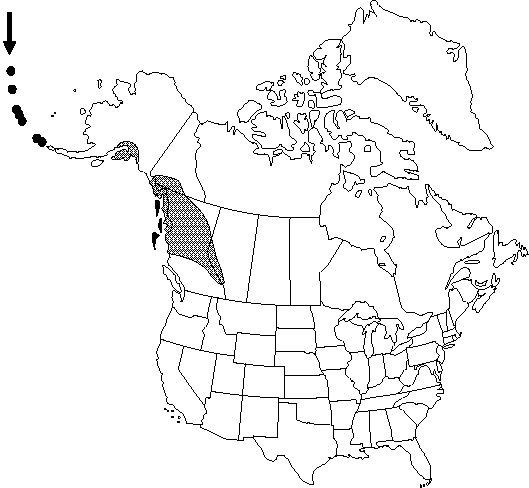familyRanunculaceae
genusRanunculus
subgenusRanunculus subg. Ranunculus
sectionRanunculus sect. Ranunculus
speciesRanunculus occidentalis
Difference between revisions of "Ranunculus occidentalis var. brevistylis"
Pittonia 3: 14. 1896.
FNA>Volume Importer |
imported>Volume Importer |
||
| (One intermediate revision by the same user not shown) | |||
| Line 54: | Line 54: | ||
|publication year=1896 | |publication year=1896 | ||
|special status=Endemic | |special status=Endemic | ||
| − | |source xml=https:// | + | |source xml=https://bitbucket.org/aafc-mbb/fna-data-curation/src/2e0870ddd59836b60bcf96646a41e87ea5a5943a/coarse_grained_fna_xml/V3/V3_584.xml |
|genus=Ranunculus | |genus=Ranunculus | ||
|subgenus=Ranunculus subg. Ranunculus | |subgenus=Ranunculus subg. Ranunculus | ||
Latest revision as of 21:49, 5 November 2020
Stems erect to reclining, 2-3 mm thick, pilose or glabrous. Basal leaf blades 3-parted, ultimate segments elliptic or narrowly elliptic, margins dentate. Flowers: sepals 5, 5-7 mm; petals 5-6, 8-12 × 3-8 mm. Achenes 3-3.4 × 2.6-3 mm, glabrous; beak lanceolate, curved, 1.2-1.4 mm. 2n = 28.
Phenology: Flowering spring–summer (May–Aug).
Habitat: Coastal and mountain meadows
Elevation: 0-1000 m
Distribution

Alta., B.C., Yukon, Alaska.
Discussion
Ranunculus occidentalis var. brevistylis may be difficult to distinguish from var. occidentalis; the two have sometimes been combined. The pubescence character distinguishing them is well correlated with geography, however, so I am provisionally maintaining both of them.
Selected References
None.
Lower Taxa
None.